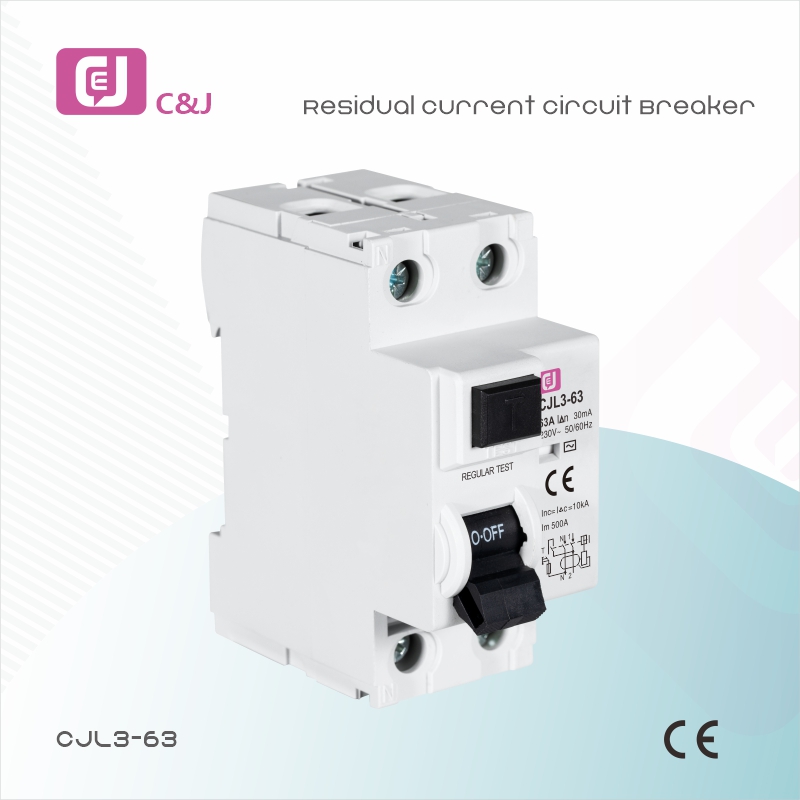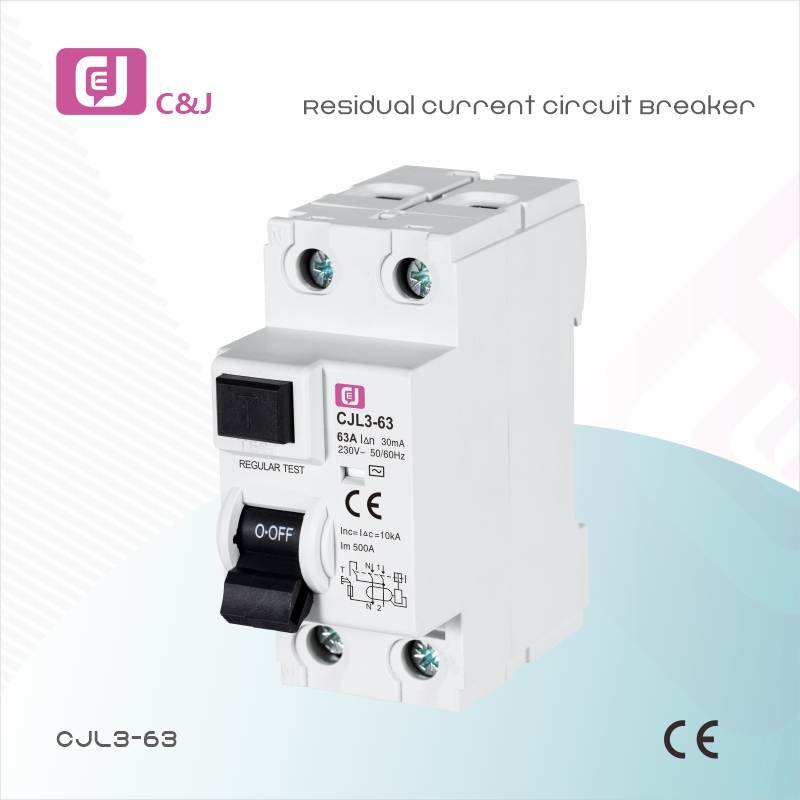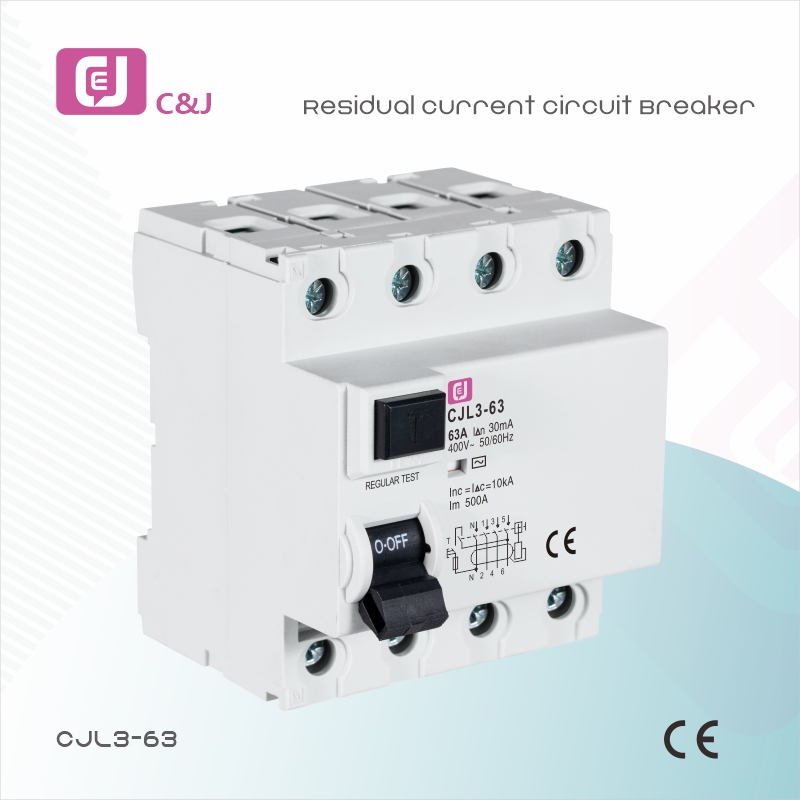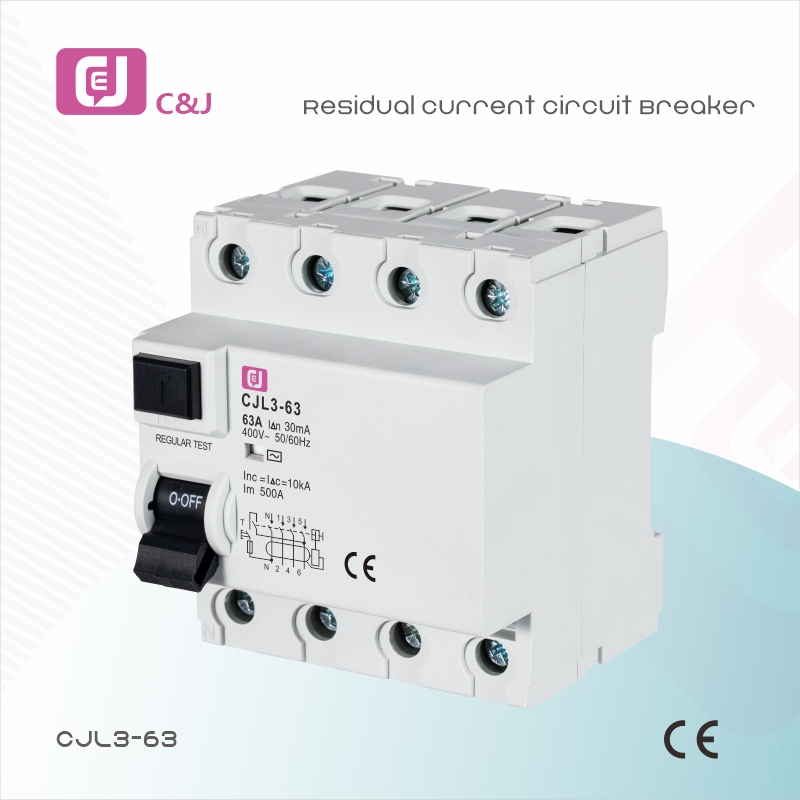Understanding RCCB: Residual Current Circuit Breaker
In the world of electrical safety, residual current circuit breakers (RCCBs) play a key role in protecting people and property from electrical hazards. These devices are designed to prevent electric shock and reduce the risk of electrical fires caused by ground faults. This article will take a closer look at the function, importance, and applications of RCCBs.
What is RCCB?
An RCCB (Residual Current Circuit Breaker) is an electrical device that disconnects an electrical circuit when it detects an imbalance in the current between the live and neutral wires. This imbalance can be caused by a fault, such as a person accidentally touching the live wire, causing an electric shock. The RCCB continuously monitors the current flowing through the circuit, and if it detects a leakage current (usually as low as 30 mA), it trips within milliseconds and cuts off the power supply.
How does RCCB work?
The working principle of the RCCB is based on the differential current principle. It consists of an iron core and two coils: one for the live wire and one for the neutral wire. Normally, the currents flowing through the two wires are equal and the magnetic fields generated by the coils cancel each other out. However, if a fault occurs, such as leakage current flowing to the ground, this balance is disturbed, resulting in a difference in the magnetic fields. This imbalance triggers the RCCB to trip, breaking the circuit and preventing potential harm.
Importance of RCCB
The importance of RCCBs cannot be overstated. They are a critical line of defense against electrical accidents. Here are some of the key reasons why RCCBs are vital:
1. Protection against electric shock: RCCBs are designed to protect people from potentially fatal electric shocks. By quickly disconnecting the circuit, RCCBs minimize the risk of serious injury or even death.
2. Fire Prevention: Electrical faults can cause overheating and fire. Residual Current Circuit Breakers (RCCBs) help prevent electrical fires and keep homes and businesses safe by detecting leakage currents that can cause overheating.
3. Compliance with safety standards: Many countries require the installation of residual current circuit breakers (RCCBs) in residential and commercial buildings. Compliance with these standards not only improves safety but also ensures compliance with laws and regulations.
4. Peace of Mind: Knowing that an RCCB is installed can give homeowners and business owners peace of mind, allowing them to use their appliances without having to constantly worry about electrical hazards.
Application of RCCB
RCCBs have a variety of uses, including:
- Residential Buildings: In residential buildings, RCCBs are usually installed at the main distribution board to protect all circuits. RCCBs are particularly important in high humidity areas such as bathrooms and kitchens.
- Commercial Establishments: Businesses often use RCCBs to protect employees and customers from electrical hazards and to ensure a safe work environment.
- Industrial Settings: In industrial applications, RCCBs are essential to protect machinery and equipment from electrical faults that can cause costly downtime and repairs.
In summary
Residual current circuit breakers (RCCBs) are an integral part of modern electrical systems. Their ability to quickly detect and respond to electrical faults makes them a vital safety device in homes, businesses, and industrial settings. Understanding the function and importance of RCCBs can help people take proactive steps to enhance electrical safety and protect themselves from potential hazards. Investing in RCCBs is more than just a regulatory requirement; it’s a commitment to safety and well-being in an increasingly electrified world.
Post time: Jun-30-2025





